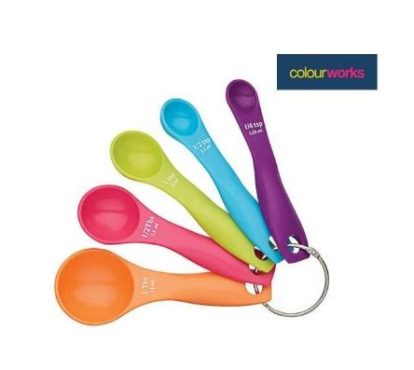
Cornflour/Cornstarch CUPS (c)Ĭorn flour is yet another essential baking ingredient. Refer to the conversion table for more accurate measurements. Meanwhile, 14 grams of cake flour is equivalent to ⅛ of a cup. READ ALSO: High Gluten Flour for Baking Bread: Is It Better Than Other Types of Flour? Cake Flour CUPS (c)Ī delectable pound cake will always have the right consistency, provided you measure each ingredient accurately, including the cake flour.įor this baking ingredient, remember that 1 cup can hold 114 grams of cake flour. Meanwhile, if a recipe needs ¼ cup of bread flour, add 33 grams of this ingredient. Remember that 1 cup of bread flour is equivalent to 130 grams or 4.6 ounces. However, if you don’t have one at home you can still ensure a great product by referring to the table above. Now, the most accurate way to measure this ingredient is by using a kitchen scale. Incorrect measurement of bread flour can result in a dry and dense baked good.

This also helps make a smoother mixture and fluffy result afterward. Typically, flour is passed through a sieve or a flour sifter before measuring to ensure an even level in the cup. Another tip is to check the recipe whether they measured sifted or unsifted flour. Referring to the guide, you can note that 1 cup of all-purpose flour weighs 125 grams, provided it is accurately measured. Also, measurements can differ when rounded up or down. So, you’ll notice slight fluctuations in values as you convert cups to grams and ounces. Do note that cup measurements aren’t as precise as weight measurements. On the other hand, if you need to convert measurements the other way around (from cups to grams), below are charts that will provide you the values you need. Cups to Grams to Ounces Conversion (For Baking Ingredients) Regardless, the chart above will give you a rough idea of what you need for a grams to cups conversion. You need to consider factors like the density of the goods and whether they’re finely ground or whole. When it comes to these ingredients, however, getting exact cup measurements can be quite tricky. Similar to dry ingredients, measuring goods such as raisins, fresh or dried fruits, oats, nuts, and chocolate chips using a dry cup or measuring spoon is recommended. Following our guide above can aid you if you’re following a recipe that uses the metric system of measurement. Now, making delicious butter buns yourself also requires careful measurements of wet ingredients such as water, butter, and milk. A wet cup would be better suited for the task. So if you are converting milk from 100 grams to cups, you’ll end up spilling it everywhere just to get an exact measurement. Though using a dry cup to measure liquids yield a close quantity, it must be filled to the brim to be more accurate. When measuring liquids, it’s best to use a liquid measuring cup - especially for ingredients sold in quarts, pints or gallons. READ ALSO: 12 Best Bench Scrapers For Your Baking Needs Liquid Ingredients for Baking Water, Milk, Honey/Syrup, and Butter This tip yields a more accurate result and works with most powdery ingredients.Īnother trick, of course, is to refer to our guide above, especially if you’re converting grams to cups to measure different flours, starches, baking powder, and cocoa powder. Then, with the flat side of a knife or spatula, scrape the excess to level everything out. One is to use a spoon to scoop flour into the measuring cup instead of scooping straight from the container.

To avoid such a baking disaster, there are tricks for measuring powdery baking ingredients you should note.

Mistakenly converting cake flour from 300 grams to cups might ruin an otherwise perfect bundt. If you don't have a kitchen scale handy, you might have to be a bit clever with your measuring cups.Corn Flour / Cornstarch, Baking Powder, and Cocoa Powderįlour is among the essential ingredients in baking, and admittedly, the most mismeasured.

But, it's common in recipes using the metric system to use weight measurements for dry ingredients instead of volumetric ones. One important thing to note with these cooking measurement conversions is that they directly translate imperial measurements to their metric counterparts. To make things more confusing, although most recipes use cups for liquid measurements, most commercial products use fluid ounces. Conversely, ounces are a weight measurement while fluid ounces are a volume measurement. Note: US cups are typically used as a kitchen measurement for both liquid ingredients and dry ingredients.


 0 kommentar(er)
0 kommentar(er)
